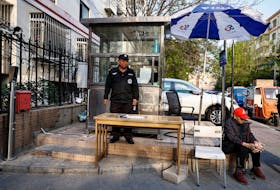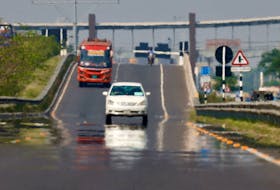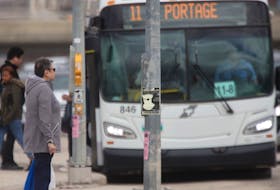FREDERICTON, N.B. – The provincial government introduced amendments to the Motor Vehicle Act that would set standardized speed limits in school zones, while allowing variations where warranted by the application of engineering principles.
“The safety of children attending our schools and motorists driving on our highways is our number one priority, The changes being proposed will contribute to the safety of students, staff and drivers.”
– Transportation and Infrastructure Minister Bill Fraser
The amendments include setting standardized speed limits of 30 kilometres per hour in school zones within municipalities and 50 kilometres per hour in school zones in all other areas, unless otherwise posted.
An Act to Amend the Motor Vehicle Act will authorize the Minister of Transportation and Infrastructure to prescribe a speed limit that is higher or lower than the default speed limit on all roads under provincial jurisdiction where warranted by the results of a technical evaluation approved by a professional engineer. The technical evaluation shall be based on national guidelines established by the Transportation Association of Canada.
“These amendments very clearly set out the circumstances in which the speed limit in a school zone can be varied,” said Fraser. “It is important that those variations are based on engineering principles.”
Factors considered in the technical evaluation include: traffic volume, geometry of the road, road conditions, the presence of any bridges or railway crossings, residential and commercial development, intersections and prevailing traffic speeds. Engineers also consider observed pedestrian and motorist behaviours.









